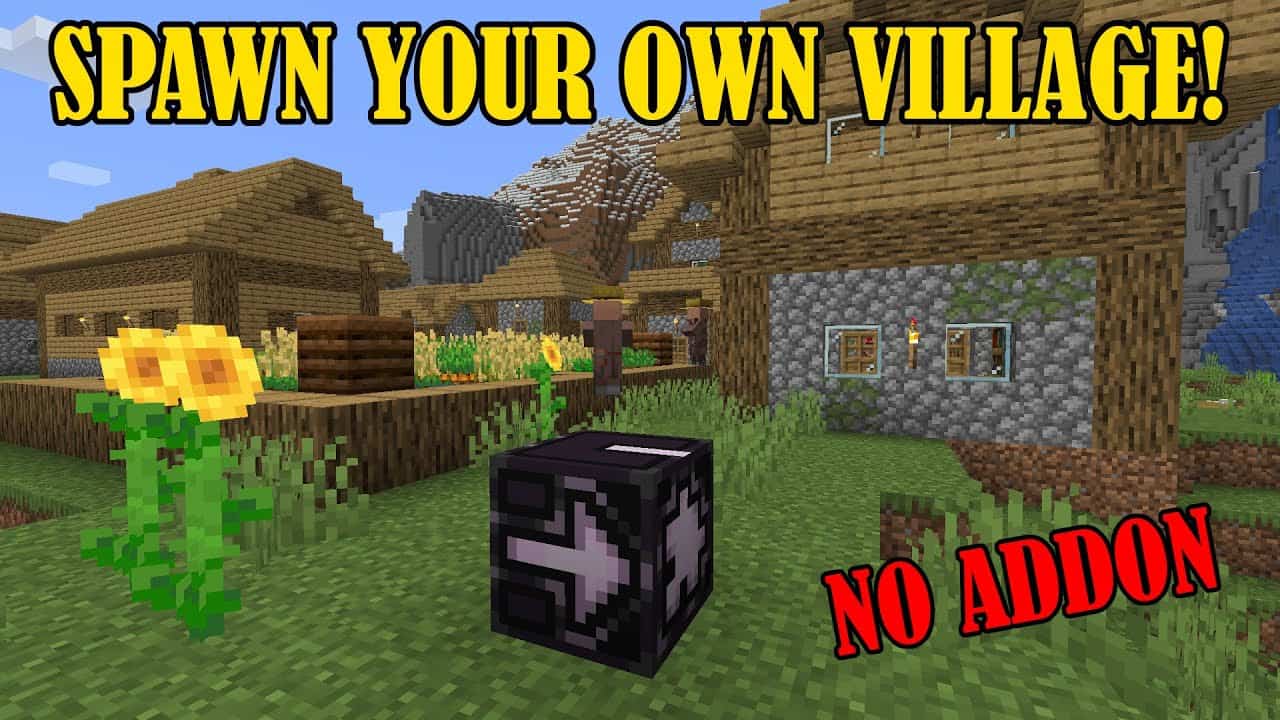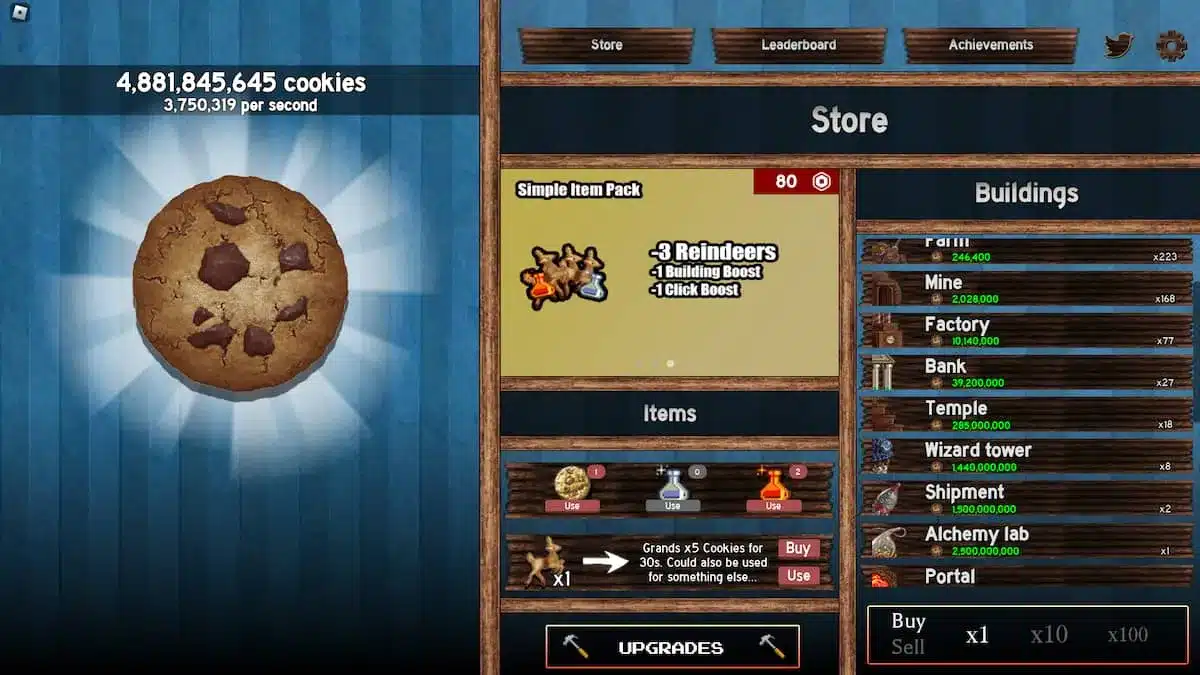In the vast and immersive world of Minecraft, the presence of villagers adds depth and realism to your gameplay experience. No one wants to navigate an empty, desolate world alone. Hence, Minecraft offers various methods for players to spawn villagers, enriching your in-game society and making your world feel more alive. In this comprehensive guide, we will explore the three main ways to spawn villagers, revealing the intricate details of each method, allowing you to choose the one best suited to your playstyle.
Natural Generation: Breeding the Villager Population
One of the most organic ways to introduce villagers into your Minecraft world is through natural generation. Villagers can be naturally found in NPC villages scattered throughout the game. To locate these villages, explorers must embark on quests to discover them. Once found, these villages will host a diverse group of villagers, each specializing in unique careers, offering various trades and services.
To further bolster your village’s population, you can learn how to breed villagers in Minecraft, ensuring a thriving community within your virtual world. The process involves fostering relationships between existing villagers and facilitating the growth of your society. Also read: How to Uninstall Valorant
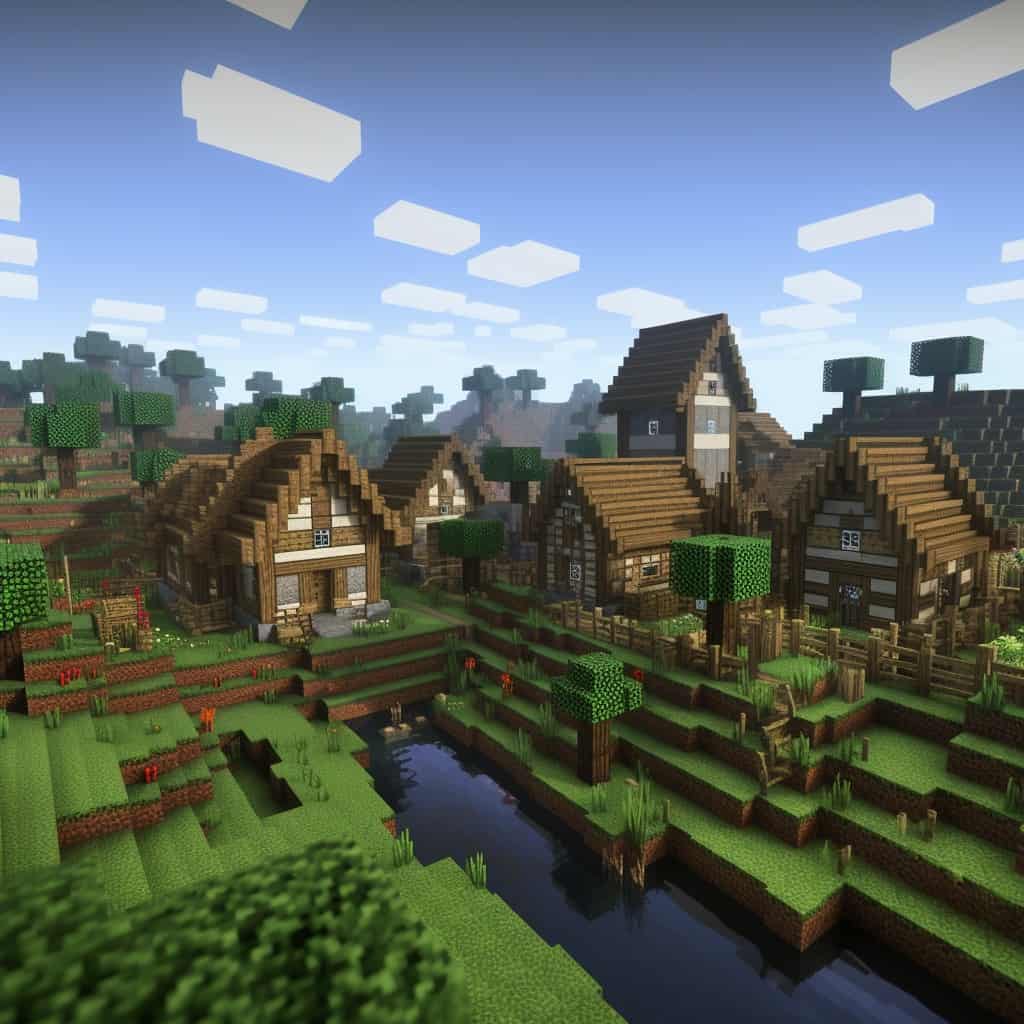
Summon Villagers with Game Commands
Minecraft offers a powerful tool that allows you to summon villagers to specific locations within your world using game commands. However, to utilize this feature, you’ll need to activate cheat mode. Follow these steps to summon a villager:
- Open the in-game chat by pressing “T” on your PC/Java version.
- Type the command
/summon villager.
This command will summon a villager to your current location. If you wish to specify a precise spawning point on the map, you can use the following format:
/summon Villager [x] [y] [z]
Here, “XYZ” represents the coordinates of your desired location on the map. For example, you can replace them with specific coordinates like “117 56 287” for pinpoint accuracy.
On the PlayStation 4 edition, use the following command:
/summon villager [spawnPos] [spawnEvent] [nameTag]
Here, “spawnPos” refers to the coordinate you wish to specify, “spawnEvent” is the title of any event you want the villager to partake in (optional), and “nameTag” is the name you want to give the villager, which will appear as a tag above them.
It’s worth noting that the summon command is available on both Java and all Bedrock editions of Minecraft, including Pocket Edition (PE) v.0.16.0, Xbox One v.1.2, and beyond.
Cure A Zombie Villager: Reclaiming the Infected
In the dark corners of Minecraft, you may encounter a special variant of the villager: the zombie villager. These unfortunate souls are the infected versions of their once-normal counterparts, now cursed with the affliction of zombification. However, hope is not lost, as you can cure these hapless creatures to restore them to their former selves.
When a regular villager falls victim to infection, they undergo a transformation into zombies. However, their story doesn’t end there. You can redeem these zombie villagers, restoring them to their former healthy selves, and utilize them to repopulate your village.
To cure a zombie villager, you’ll need two key ingredients: a Golden Apple and a Potion of Weakness. The beauty of this method lies in the fact that once cured, a zombie villager retains their profession and trading abilities, making them valuable assets to your thriving village.
To execute this transformation, you’ll require two key components: a Golden Apple and a Potion of Weakness. With these items in hand, you can embark on a noble quest to reverse the effects of zombification and reintegrate these villagers into your burgeoning society.
Summon A Villager: Java Edition Mastery
For those playing Minecraft in the Java Edition, an expedited method of villager creation awaits at your command. By employing the in-game /summon command, you can conjure a villager into an empty village with ease. Executing this command is straightforward, requiring a simple text entry.
To activate this command, press ‘T’ on your PC, the controller’s D-pad, or the chatbox button on Android while in-game. Open the chat window and copy-paste the /summon command. However, bear in mind that this method requires enabling the cheat mode in your game settings, ensuring that the path to village expansion remains within your control.
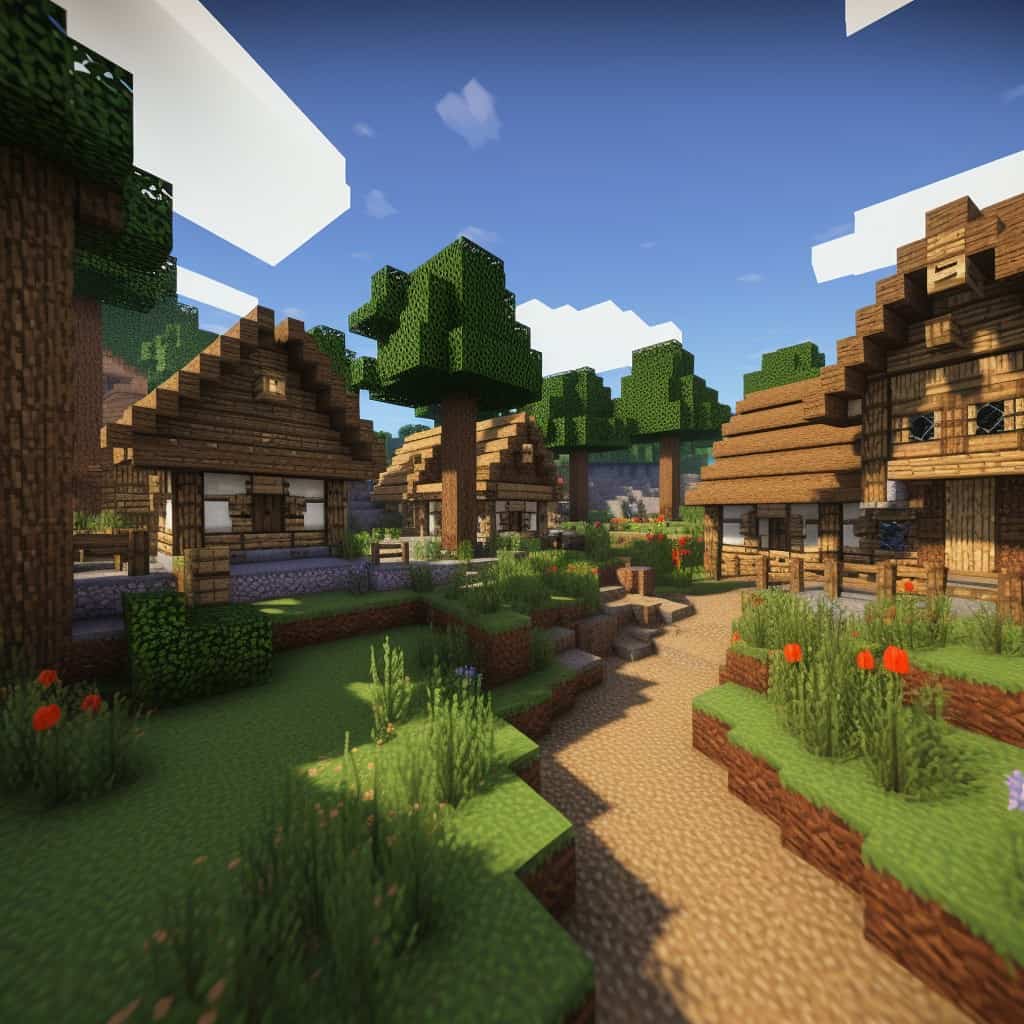
Repopulate Your Village with Naturally Generated Villagers
Another way to introduce villagers to your Minecraft world is by attracting naturally generated villagers, who can be found in NPC villages. Here’s how to go about it:
- Construct a village, ensuring there are ample apartments and beds.
- Locate an NPC village within your world.
- Secure at least two villagers from the NPC village.
It’s important to note that returning villagers to your village isn’t a gentlemanly affair; you essentially need to “kidnap” them. To do this, visit an NPC village near a body of water, coax a villager into a boat, and ferry them back to your village. Once there, dismantle the boat, allowing the villager to integrate into your village life.
Also read: Cookie Clicker cheats
If a villager finds suitable shelter, employment, and sustenance in your village, they will naturally attract other villagers and initiate the process of breeding, populating your realm organically.
How to Find Villages in Minecraft: A Guide to Location Scouting
As detailed in our guide on how to spawn villagers in Minecraft, the existence of villagers often hinges on the discovery of villages within the sandbox world. To expedite this process, players have two options: employing the /locate Village command or utilizing online village finder tools such as Chunkbase.
With the /locate Village command, simply enter the seed of your world and select the ‘Village’ label. This command will pinpoint the nearest villages in your world, granting you their coordinates on the map. You can then proceed to your chosen village location either by foot or teleportation, bringing civilization to previously untouched corners of your realm in the blink of an eye.
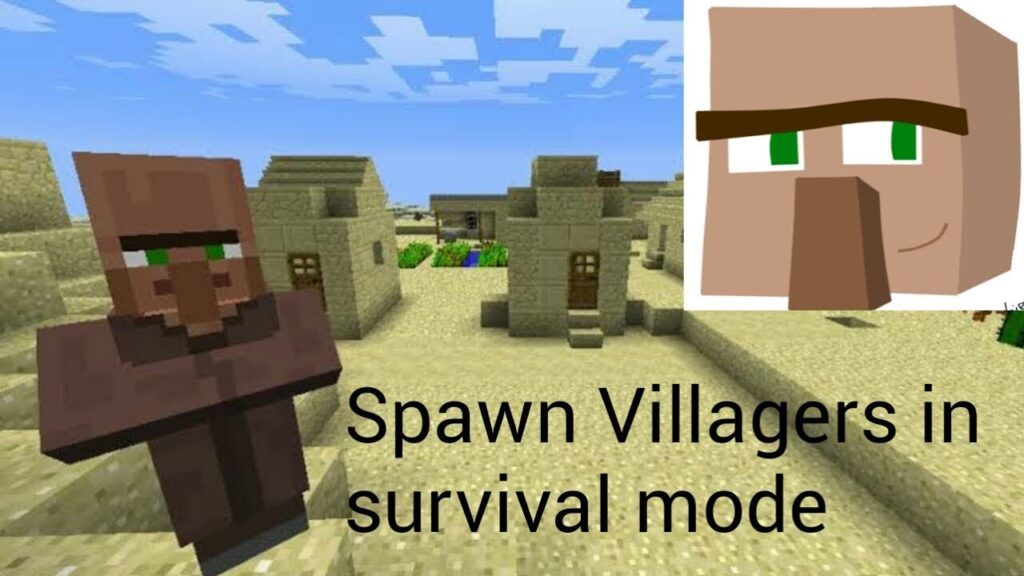
Village Variants and Biomes: A Diversity of Habitats
Villages in Minecraft exhibit a rich diversity in both appearance and spawn rates, a reflection of their distinct variants and corresponding biomes. As a dedicated Minecraft player, understanding these variations can greatly enrich your gameplay experience.
- Desert-style Villages: Thriving in the harsh Desert biome, these villages are adapted to their arid surroundings.
- Snow-style Villages: These settlements emerge in the frigid landscapes of the Snowy Tundra biome, offering a unique experience for intrepid players.
- Taiga-style Villages: Nestled within the Taiga biome, these villages adapt to the challenges posed by their forested environments.
- Plain-style Villages: Found in the Plains, Sunflower Plains, and Mountain Meadow biomes, these villages provide fertile grounds for your civilization to flourish.
- Savanna-style Villages: Thriving in the Savanna biome, these settlements offer a distinct atmosphere for players to explore and develop.
Each village boasts an array of structures, from huts and houses to libraries, wells, farms, shops, churches, and blacksmiths, creating a rich tapestry of opportunities for your virtual society.
The Varied Faces of Villagers: Six Distinct Variants
In the world of Minecraft, villagers come in various forms, each with its own unique traits and characteristics. Let’s delve into the six distinct variants of villagers you may encounter in your adventures:
- Zombie Villagers: When a villager falls victim to infection, they transform into zombie villagers. These undead beings retain the potential for redemption, making it possible to revert them to their original form. Explore the Overworld, abandoned villages, and igloos to locate these afflicted villagers and pave the way for their revival.
- Illagers: Beware the illagers, a variant of villagers that have forsaken hospitality and friendliness. Encountered in woodland mansions and pillager outposts, illagers are known for their aggressive tendencies, presenting formidable challenges to intrepid adventurers.
- Witches: These hostile villager-like mobs can be found in the Overworld. However, unlike other villagers, once a villager becomes a witch, there is no turning back. Approach with caution and be prepared for their sinister spells.
- Wandering Traders: In Minecraft villages, you may also encounter wandering traders who ply their trade near your abode. These nomadic merchants offer a convenient way to buy and sell essential items, though they do not contribute to village growth or development.
- NPCs: Non-playable character (NPC) villagers closely resemble real players, with the ability to engage in conversation and move their heads. However, they remain stationary and cannot be pushed to change their location. Be cautious, as breaking the block beneath them will cause them to fall.
- Normal Villagers: The backbone of your village, normal villagers assume various roles and occupations, including farmers, fishermen, armorers, toolsmiths, and librarians. Their diverse skills and responsibilities breathe life into your village, allowing you to cultivate resources, raise armies, and create a dynamic in-game society.
Conclusion
In the ever-evolving world of Minecraft, the presence of villagers is essential to create a vibrant and thriving community within your virtual realm. Whether you choose to rely on natural generation, cure the afflicted, or summon villagers at will, the path to populating your world is rich with possibilities. By understanding the intricacies of village variants and the diverse cast of villagers, you can embark on a journey to build your own thriving community, enriching your Minecraft experience and making your world truly come alive.
Now, armed with this comprehensive guide, it’s time to set forth, create your village, and breathe life into the captivating sandbox world of Minecraft.
